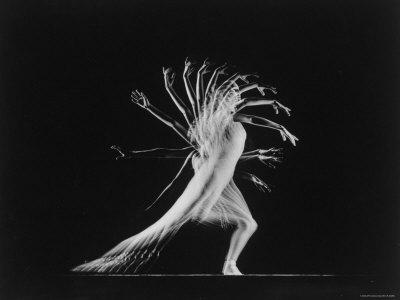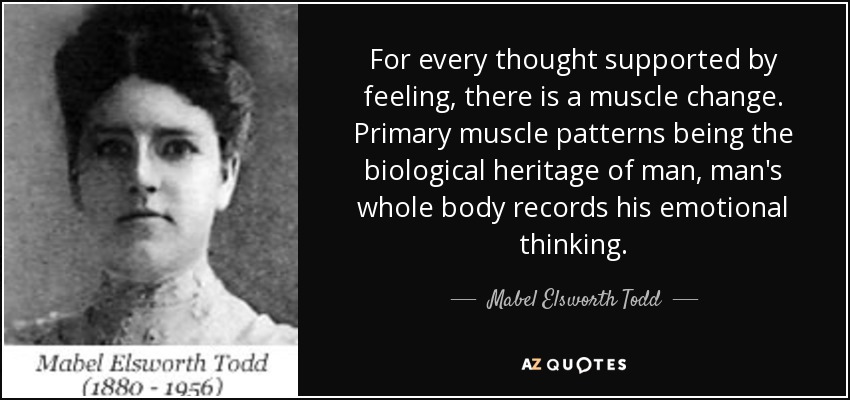What does it mean Imagery ?
 In other words, it’s the combination of visualization techniques with physical exercises to improve movement.
In other words, it’s the combination of visualization techniques with physical exercises to improve movement.
Imagery techniques help to improve coordination, body awareness, flexibility, mobility, strength, and understanding of the body.
Imagery work is wieldy used in dance, yoga, Pilates, physiotherapy, and many other disciplines.
Research has shown that the Imagery underlying principles can, through the conscious direction of attention, impact the process of motor planning.
Pioneer in this field was Mabel Todd that conceived the Ideokinesis approach:
https://en.wikipedia.org/wiki/Ideokinesis

Movement theorist and teacher Lulu Sweigard (1895–1974) enhanced the work by her teacher Mabel Elsworth Todd (1880–1956), and named it Ideokinesis, the practice of using guided imagery and visualization to improve a dancer’s alignment and movement capacity.
The name is composed of the Greek words for thought (ideo) and movement (kinesis).
The processes are detailed in Dr. Sweigard’s book, Human Movement Potential: Its Ideokinetic Facilitation (1974).
She taught at Juilliard for nearly two decades and her work has been further expanded by Irene Dowd (1946-) and Eric Franklin (1957-).
In one of the seminal works of body-mind literature, The Thinking body (1937), Todd gives insides into the functioning of the human body and the potential of mental imagery to initiate changes.
Eric Franklin further developed these principles into one of the most up-to-date methods of somatic practice.
--
Some examples
Lift an arm: Imagine that your arm is lifted by a balloon and hovering in space.
Free the spline while moving: Imagine air cushions between each vertebra.
Penetrating space: Sense the specific surface of your body that leads the penetration through space. Be as precise as possible about this; involve every toe and finger, the back of the head, and the knees. Watch the space close behind you in swirls and eddies.
The musical touch: listen to a piece of music that really excites you and makes you instantly feel like dancing. Imagine this music has hands that could caress you. Let the music touch various parts of your body. Let the music envelop and surround different areas of your body. Imagine the music inspiring you to new and inventive shapes and gyrations.